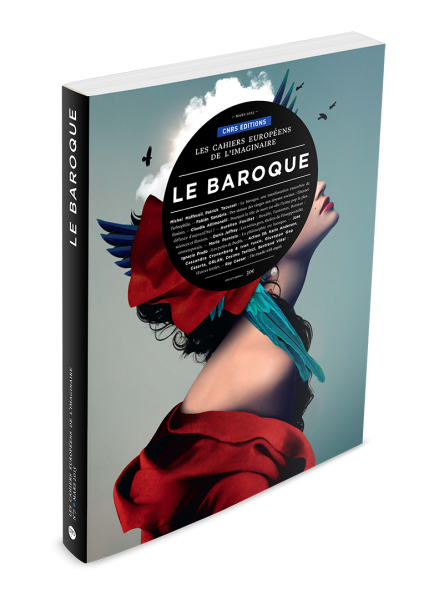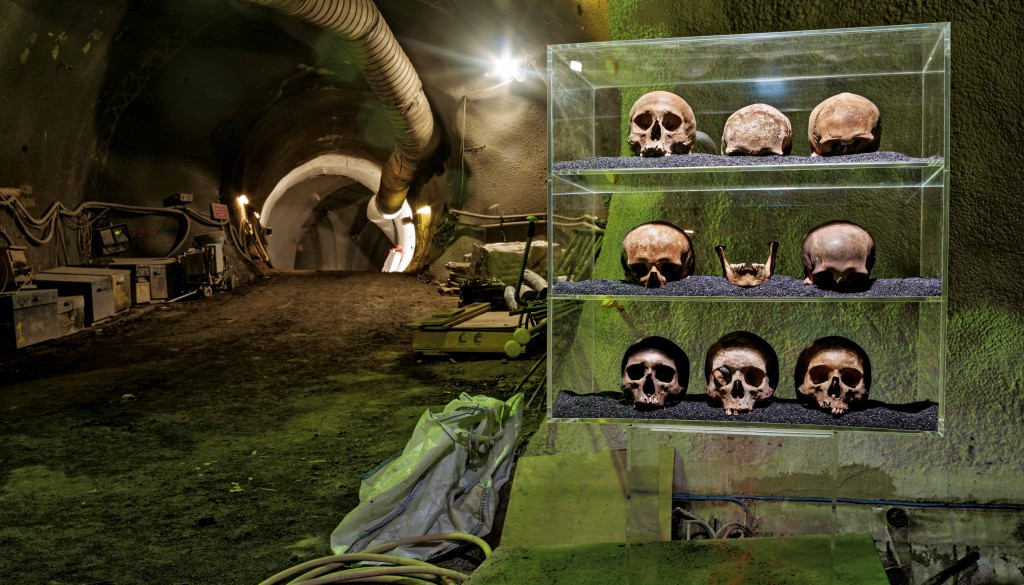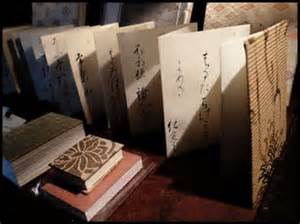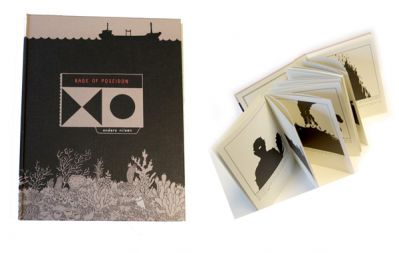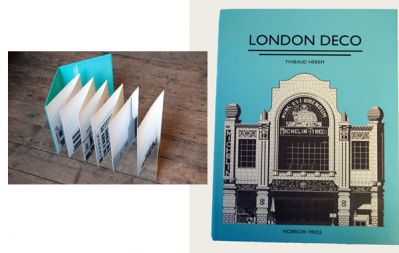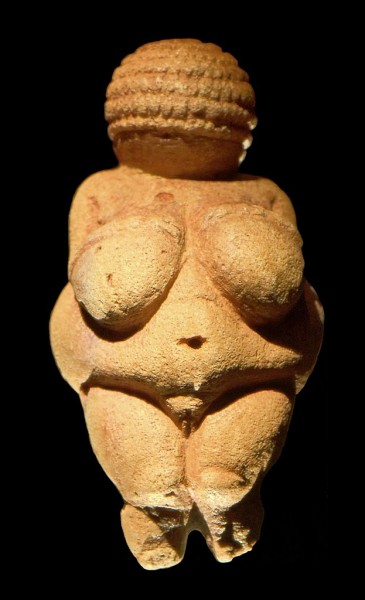MissionArt History Teaching Resources (AHTR) is a peer-populated platform for art history teachers. AHTR is home to a constantly evolving and collectively authored online repository of art history teaching content including, but not limited to, lesson plans, video introductions to museums, book reviews, image clusters, and classroom and museum activities. The site promotes discussion and reflection around new ways of teaching and learning in the art history classroom through a peer-populated blog and fosters a collaborative virtual community for art history instructors at all career stages.The site centers on supporting learning in the classroom, in the museum, and online by blending traditional and technological pedagogical approaches. Resources such as Smarthistory.org, Khanacademy.org, and the Metropolitan Museum of Art’s Timeline of Art History inspire the site. AHTR strives to create similarly engaging materials to support arts instructors, especially in the foundational art history survey class where students of all majors learn transferable skills in order to critically analyze their worlds through visual means.ContentOn this constantly evolving site, you’ll find templates for some of the art history survey assignments and exams, chronologically arranged lesson plans and PPTs, thematic teaching plans and image clusters, and syllabi for a range of art history survey models. Take them and use them as a start for bigger and better things! If you can’t find what you’re looking for it’s because we don’t have that content yet; could you—or someone you know—fill in the gaps? If so, please email us or share the site with them.You’ll also find innovative videos designed to help you access the museum in the classroom and prepare your students to engage with museum objects on class field trips.Finally, during the semester time, the AHTR Weekly is a platform for weekly posts on a range of pedagogy topics germane to Art History.Advisory BoardBeth Harris is Dean of art and history at Khan Academy, where she produces short-form videos on art and history viewed by millions of people around the world. She works with leading museums to bring their content to new global audiences and acquires, edits, and publishes short essays on art and history by leading academics. Before joining Khan Academy, she was the first director of digital learning at The Museum of Modern Art, where she started MoMA Courses Online and co-produced educational videos, websites and apps. Before joining MoMA, Beth was Associate Professor and director of distance learning at the Fashion Institute of Technology where she taught both online and in the classroom. She has co-authored, with Dr. Steven Zucker, numerous articles on the future of education and the future of museums, topics she regularly addresses at conferences around the world. She received her Master’s degree from the Courtauld Institute of Art in London, and her doctorate in Art History from the Graduate Center of the City University of New York.Renee McGarry is the senior instructional designer at the Sotheby’s Institute of Art. (All views expressed here are her own.) If you catch her after one too many cups of coffee not only will she discuss the benefits of teaching art history survey in reverse chronological order but she’ll probably also tell you about that one time she ordered a quesadilla sin queso on a research trip in Oaxaca.Mike Murawski is the founding author and editor of ArtMuseumTeaching.com, art museum educator, and currently the Director of Education & Public Programs for the Portland Art Museum. He earned his MA and PhD in Education from American University in Washington, DC, focusing his research on educational theory and interdisciplinary learning in the arts. Prior to his position at the Portland Art Museum, he served as Director of School Services at the Saint Louis Art Museum as well as head of education and public programs at the Mildred Lane Kemper Art Museum at Washington University. Mike’s postings on this site are his own and don’t necessarily represent the Portland Art Museum’s positions, strategies, or opinions.Steven Zucker is Dean of art and history at Khan Academy, where he produces short-form videos on art and history viewed by millions of people around the world. He works with leading museums to bring their content to new global audiences and acquires, edits, and publishes short essays on art and history by leading academics. Previously, he was chair of history of art and design at Pratt Institute where he strengthened enrollment and lead the renewal of curriculum across the Institute. Before that, he was dean of the School of Graduate Studies at the Fashion Institute of Technology, SUNY and chair of their art history department. He has taught at The School of Visual Arts, Hunter College, and at The Museum of Modern Art. Dr. Zucker is a recipient of the SUNY Chancellor’s Award for Excellence in Teaching. He has co-authored, with Dr. Beth Harris, (read more in source article)
Continuer la lecture de « About | Art History Teaching Resources »

